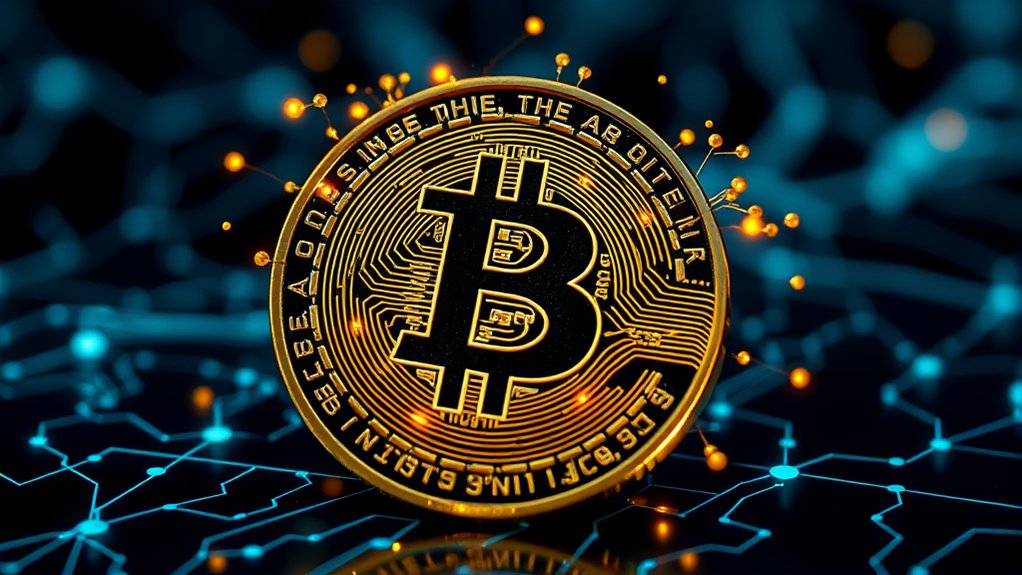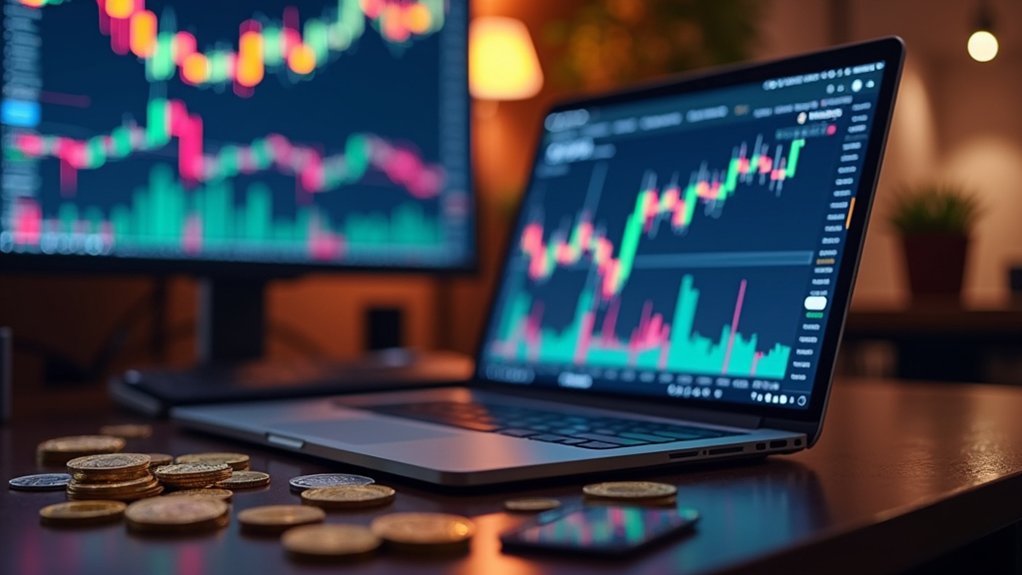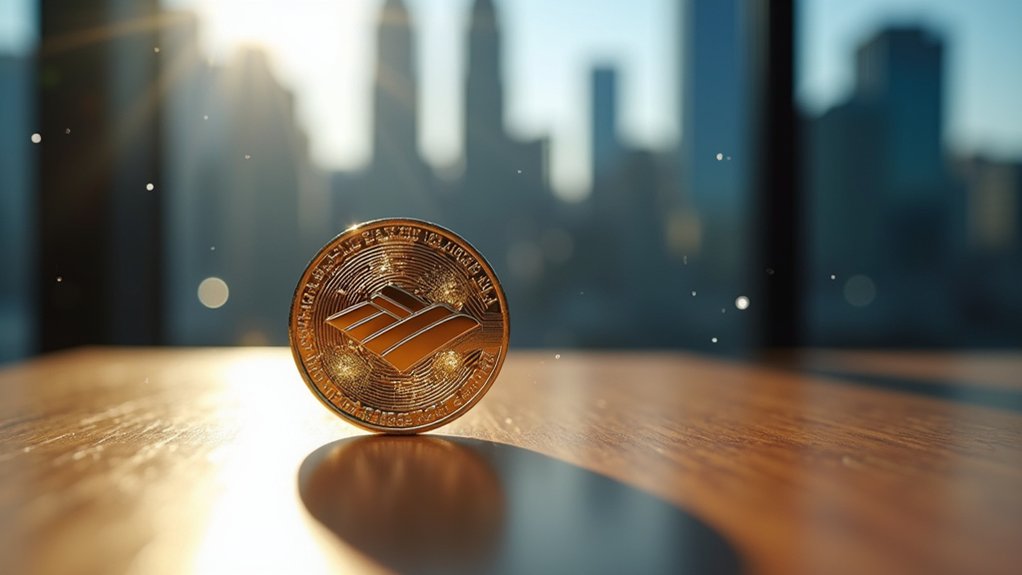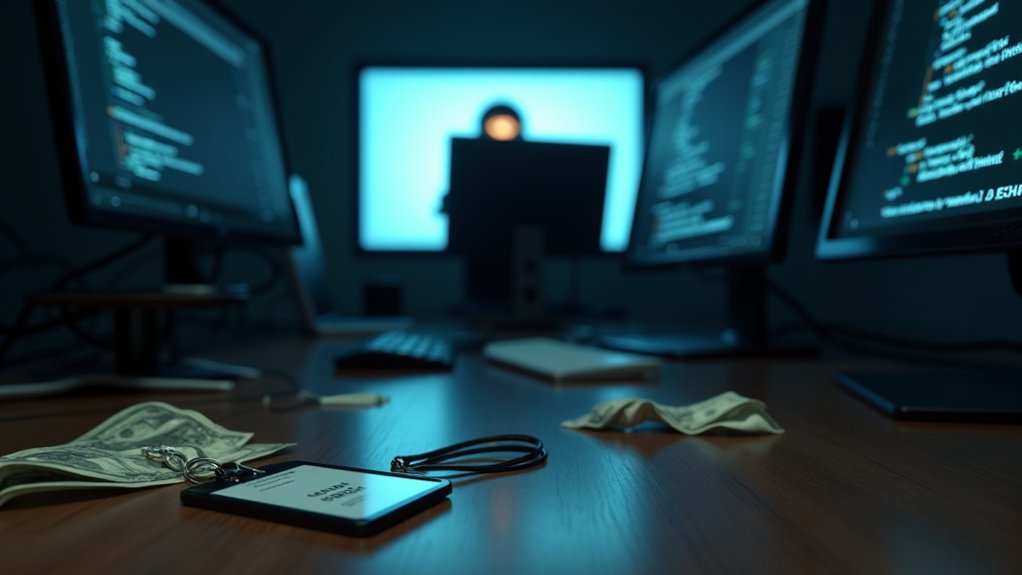Bitcoin Ordinals are like NFTs, but on the Bitcoin blockchain. They let users inscribe data directly onto satoshis, which is pretty wild. No smart contracts here; just pure, raw data etched into the blockchain. They inherit Bitcoin’s security, making them tamper-proof and secure. But hold up—high fees and network congestion could be a buzzkill. Still, the idea of rare digital collectibles on Bitcoin is intriguing. Want to know how this affects the NFT scene? Keep going.
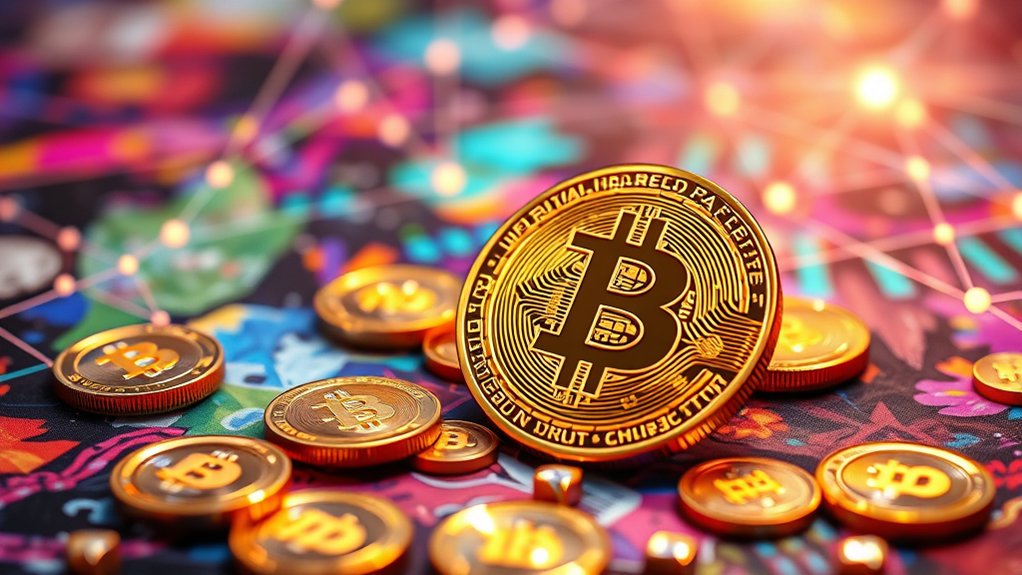
In a world where digital assets are all the rage, Bitcoin Ordinals have emerged as a curious contender. Imagine this: a method to inscribe data onto individual satoshis. Yes, those tiny units of Bitcoin. Thanks to the Taproot upgrade, this is now possible. It’s not just an upgrade; it’s a game changer. Each satoshi gets a unique number based on its mining order. This means you can track them. Who knew Bitcoin could be so personal?
Developer Casey Rodarmor launched this protocol in January 2023. The goal? To create unique digital assets directly on the Bitcoin blockchain, much like those trendy NFTs everyone’s talking about. Ordinals allow users to mint digital collectibles, turning plain old satoshis into something special. And let’s be real, who doesn’t want their own piece of digital art? These unique digital assets serve as a digital certificate of ownership, similar to how traditional NFTs operate.
The inscription process is straightforward. Users assign a serial number to each satoshi and then etch data onto it. It’s like tattooing your favorite meme onto a dollar bill, but way more high-tech. The data sits pretty on the Bitcoin blockchain, benefiting from its well-known security and immutability. Once inscribed, it’s there forever. Forever! Talk about commitment. Additionally, these unique digital assets inherit the security and immutability of the Bitcoin blockchain, making them verifiable and tamper-proof. Moreover, the on-chain protocol ensures that the data becomes an integral part of the transaction, enhancing the uniqueness of these assets.
Now, you might be wondering how this stacks up against traditional NFTs. Well, here’s the kicker: Ordinals live on the Bitcoin blockchain, while most NFTs are chilling on Ethereum. They store raw data within satoshis, skipping the need for smart contracts. Traditional NFTs? They’re all about those contracts. Bitcoin Ordinals are like the rebellious cousin who doesn’t follow the rules. They operate solely within Bitcoin’s ecosystem, no cross-chain nonsense here.
Sure, there are challenges. High transaction fees can be a drag. And as demand grows, so might network inefficiency. But hey, who can resist the allure of creating rare digital collectibles? In the wild world of digital assets, Bitcoin Ordinals are shaking things up.
Frequently Asked Questions
How Do Bitcoin Ordinals Differ From Traditional NFTS?
Bitcoin Ordinals are a wild twist on traditional NFTs. Unlike those fancy Ethereum tokens, they slap data directly onto the Bitcoin blockchain—no off-chain nonsense.
Once inscribed, that data is permanent; say goodbye to updates or royalties. Oh, and forget smart contracts!
So, it’s like owning a collectible that’s etched in stone, not a digital doodle that can change. Who wouldn’t want a piece of that immutability?
It’s a whole new ballgame!
Can Bitcoin Ordinals Be Traded on Existing NFT Marketplaces?
Trading Bitcoin Ordinals on existing NFT marketplaces? Not happening.
Those platforms, like OpenSea, don’t play nice with Bitcoin’s quirky setup. No smart contracts mean no way to process Ordinals there.
They’re stuck in their own little world, with specialized marketplaces popping up instead. Good luck finding liquidity, though. It’s like trying to sell sand in a desert.
The whole scene’s still figuring itself out, despite the rising buzz. Buckle up!
What Are the Environmental Impacts of Bitcoin Ordinals?
The environmental impact of Bitcoin ordinals is hard to ignore. Minting these digital collectibles guzzles energy—comparable to mining a whole Bitcoin block.
That’s right, folks, more electricity for some pixels! Critics argue it’s an unnecessary drain on resources. The carbon footprint? Massive.
The Bitcoin network is already a top energy consumer, and adding ordinals just cranks it up. So, while some cheer for innovation, others see a looming environmental disaster.
Are Bitcoin Ordinals Secure From Hacks and Scams?
Are Bitcoin Ordinals secure from hacks and scams? Well, not really.
They’re like leaving your front door wide open in a sketchy neighborhood. Sure, the blockchain is immutable, but that doesn’t stop bad actors from embedding malicious content.
Plus, the decentralized nature means no one’s keeping watch. Vulnerabilities like CVE-2023-50428 add to the chaos.
How Can I Create My Own Bitcoin Ordinals?
Creating Bitcoin Ordinals? Simple, right?
First, get Bitcoin Core. It’s a must.
Next, find a wallet with coin control. You’ll need that.
Then, inscribe your masterpiece—images, text, whatever—under 4MB.
Create a transaction with your data and send it out into the void.
Wait for confirmation. Easy peasy!
Just remember, fees are a thing, and the network might take its sweet time.
Good luck, and may your satoshis be forever unique!
